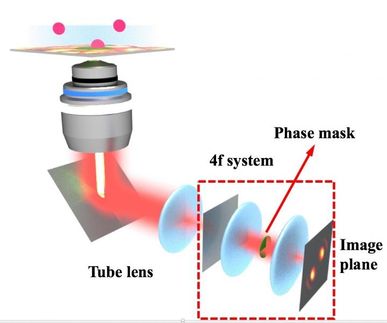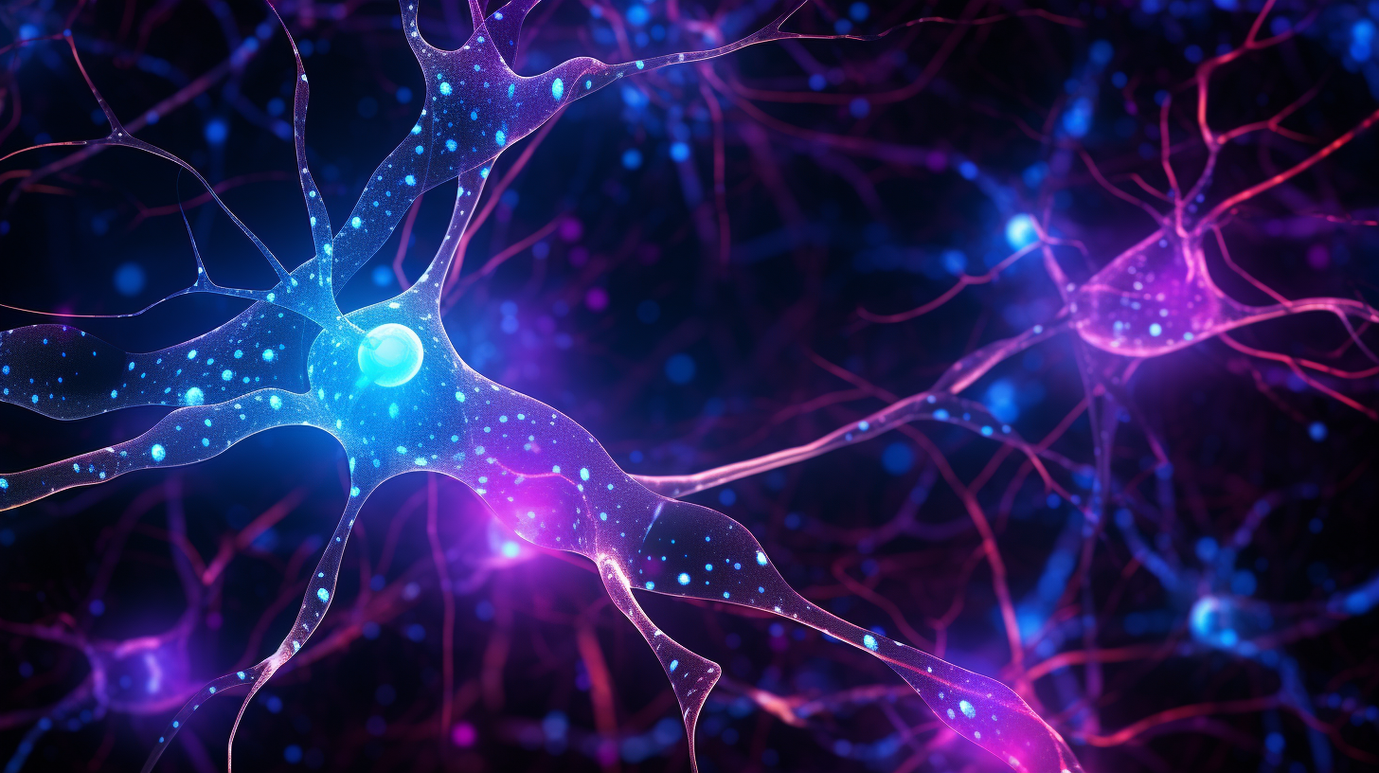Cost-effective modular system for optical imaging from the 3D printer
Like building with Lego bricks
Advertisement
Making modern microscopy and spectroscopy methods accessible to as many users as possible - Prof. Thorben Cordes and his doctoral student Gabriel G. Moya Muñoz have dedicated themselves to this goal. Cordes joined the Faculty of Chemistry and Chemical Biology (CCB) at TU Dortmund University as Professor of Biophysical Chemistry on September 1. Moya Muñoz is doing his doctorate at the Ludwig Maximilian University of Munich and will continue his work in Dortmund in the future. Together, the researchers developed the "Brick-MIC" microscopy platform, in which most of the components can be manufactured cost-effectively using 3D printing and flexibly combined with one another. The results of the work have now been published in the journal "Science Advances" and the team has applied for a patent for Brick-MIC.

Prof. Thorben Cordes and his doctoral student Gabriel G. Moya Muñoz have jointly developed the "Brick-MIC" microscopy platform, in which most components can be manufactured cost-effectively using 3D printing and flexibly combined with one another.
Gabriel Moya Muñoz
Modern light microscopes and spectroscopic methods are essential tools in the life sciences, biotechnology and medical applications, for example for molecular investigations. In order to further increase their sensitivity and selectivity, both methods and instruments are constantly being further developed in specialized laboratories. However, it often takes several years before the new technologies are actually available to users in the life sciences or in a clinical environment. Prof. Thorben Cordes' working group has therefore developed the new "Brick-MIC" concept, in which all components for the construction of optical microscopy or spectroscopy methods can be manufactured using 3D printing and flexibly combined with each other - like building with Lego bricks.
Flexible use
The low-cost open source system should make it possible to realize different modalities for special experiments by simply exchanging the various components. Thanks to its handy size, Brick-MIC should also be suitable for use in field research or at locations with special challenges such as high-security laboratories. Prof. Thorben Cordes explains: "No tools are required to assemble the various parts and optical components are firmly attached to the housing." This also has advantages in terms of stability: for example, different optical and mechanical elements are combined in just one component, making the system less susceptible to faults.
The scientists have tested their system for the use of various highly sensitive fluorescence microscopy techniques, which normally require expensive equipment with investment costs of over 100,000 euros. Gabriel Moya says: "The quality of the data and images from Brick-MIC is comparable to that of microscopes specifically designed for the technique in question. However, these are very expensive to buy commercially - or you have to be a specialist in optical techniques and build the microscope yourself. With Brick-MIC, we can establish a wide range of state-of-the-art microscopy techniques for users at low cost, including single-molecule detection and high-resolution optical microscopy. This could also give hospitals, for example, access to new methods for the direct detection of viruses, bacteria or disease markers."
Method for direct virus detection tested
To this end, Prof. Thorben Cordes' research group has already carried out tests together with a team from the Hebrew University of Jerusalem led by Prof. Eitan Lerner. The scientists were able to develop a flow cytometry method based on a brick MIC that enables the direct detection of viruses in liquids. "We pump the viruses and other luminous particles through a small glass chamber and see a short signal whenever the viruses arrive in the microscope. Using this method, direct detection of SARS-CoV-2 virus particles was possible in less than 15 minutes," explains Gabriel Moya.
In order to further develop the Brick-MIC platform, Cordes and Moya Muñoz are currently working together in Dortmund on further applications of the platform, including with industrial partners. Prof. Thorben Cordes says: "We expect a wide range of applications in the field of academic and industrial research: from fluorescence imaging in pharmacy to medical cell research methods such as tumor marking to the monitoring of ecosystems through on-site sample analysis."
Note: This article has been translated using a computer system without human intervention. LUMITOS offers these automatic translations to present a wider range of current news. Since this article has been translated with automatic translation, it is possible that it contains errors in vocabulary, syntax or grammar. The original article in German can be found here.
Original publication
Gabriel G. Moya Muñoz, Oliver Brix, Philipp Klocke, Paul D. Harris, Jorge R. Luna Piedra, Nicolas D. Wendler, Eitan Lerner, Niels Zijlstra, Thorben Cordes; "Single-molecule detection and super-resolution imaging with a portable and adaptable 3D-printed microscopy platform (Brick-MIC)"; Science Advances, Volume 10



























































